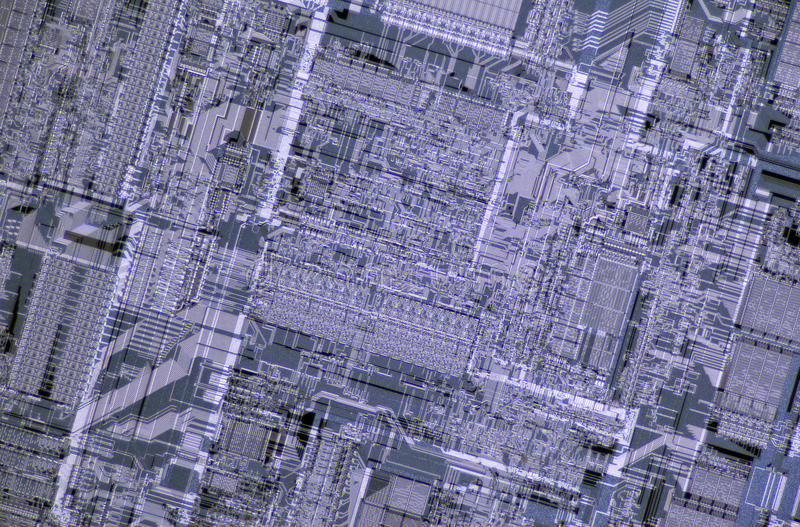This question and the answers hits close to the topic. One picture shows it as SOD. Silicon-oxide dielectric?
I'm aware that around/within the transistor, silicon oxide is grown for insulation where needed, but I can't seem to find clarity on the insulators surrounding the metal wire layers. Is it the same silicon dioxide?
I ask because I wondered how we can see many of the details of the integrated circuit when there should be something insulating and physically supporting each metal wire layer. This means it's either clear or the layers are so thin that most of the light passes through anyway (likely both). SiO2 would fit the characteristics observed, but is that correct?


